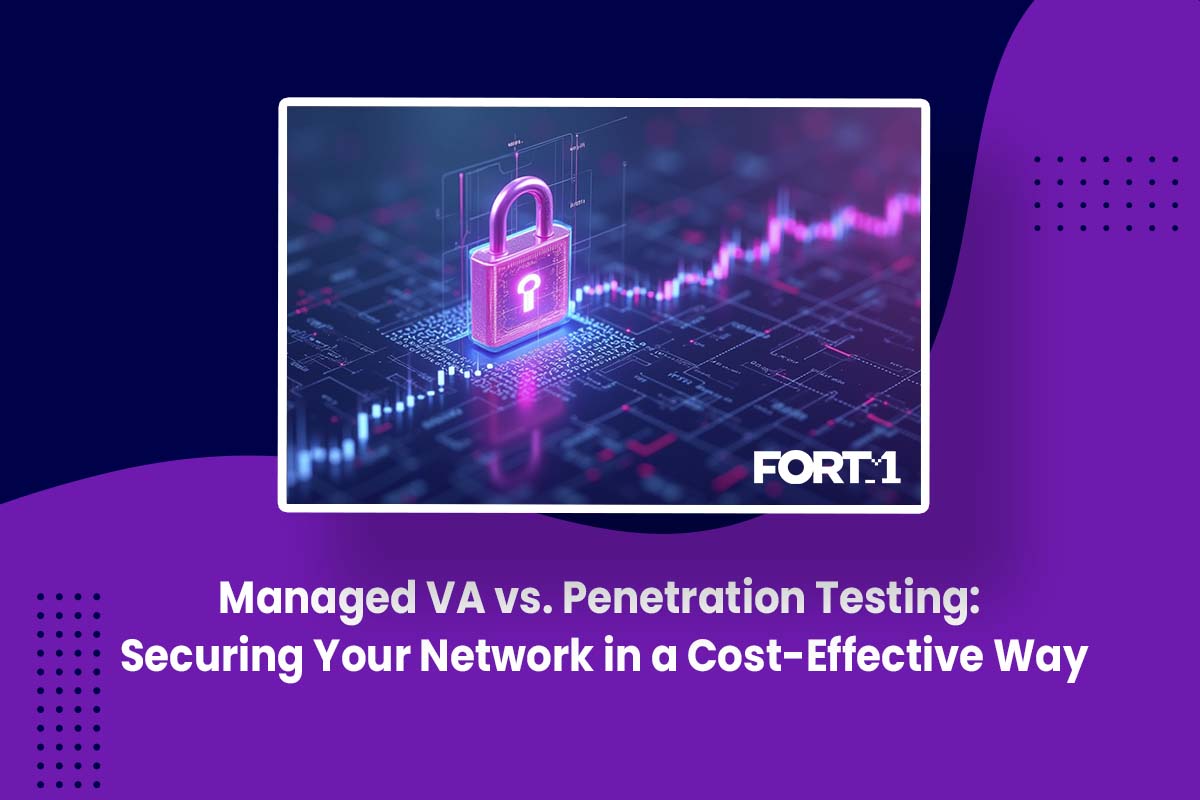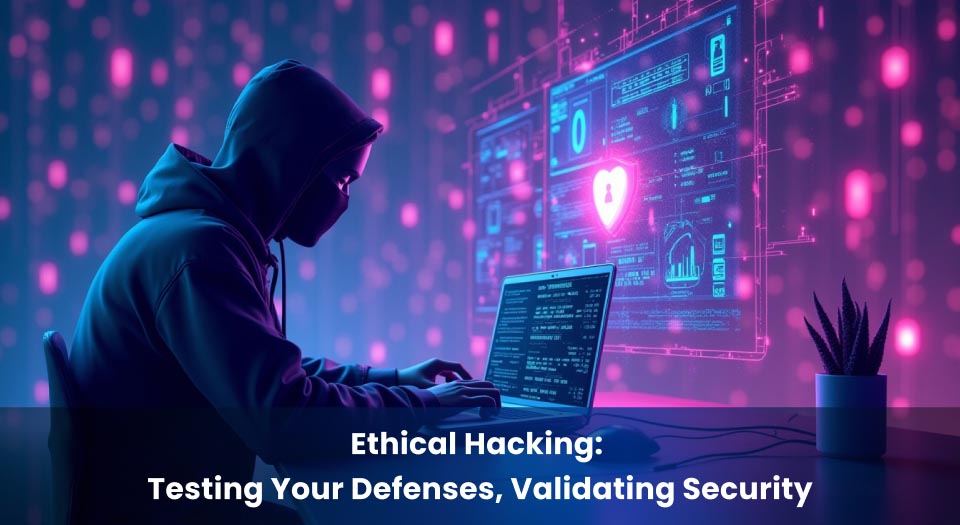




Managed VA and Pen Testing are two core approaches that enable organisations to strengthen their cybersecurity posture without overshooting operational budgets. As threats evolve in complexity and frequency, security measures must remain robust—yet scalable and economically sustainable. This has led to an increased demand for cost-effective cybersecurity strategies that align with both risk management objectives and financial constraints.
Two prominent approaches—Managed Vulnerability Assessment (Managed VA) and Penetration Testing—offer distinct advantages. However, understanding when and how to implement these solutions is critical to maximising return on investment while safeguarding digital assets. A well-planned Managed VA budget provides continuous oversight and early detection of known vulnerabilities, whereas targeted penetration testing offers an in-depth analysis of real-world attack vectors.
Decision-makers are often faced with the challenge of allocating security resources strategically, particularly in sectors where regulatory compliance, business continuity, and data protection intersect. Choosing the right combination of assessments not only mitigates risk but also ensures efficient use of financial and technical capacity.
This article explores the key differences between Managed VA and Pen Testing, and demonstrates how businesses can optimise both security effectiveness and cost efficiency through informed implementation strategies.
A Managed Vulnerability Assessment (Managed VA) is a continuous, structured process for identifying, classifying, and prioritising vulnerabilities within an organisation’s IT environment. Unlike ad hoc or one-time scans, Managed VA services provide consistent, automated monitoring of systems to detect known weaknesses before they are exploited.
This approach forms a foundational element of vulnerability scanning for businesses, enabling proactive remediation and risk reduction. Managed VA typically involves the use of sophisticated scanning tools integrated with dashboards and reporting functions, all managed by experienced security professionals. These services often include tailored scheduling, automatic updates to vulnerability definitions, and contextualised reporting to align with organisational risk tolerance.
Compared to manual vulnerability assessments, which are often resource-intensive and sporadic, Managed VA delivers scalable insights that enhance visibility and support compliance requirements. According to the Australian Cyber Security Centre (ACSC), implementing ongoing vulnerability management is essential for reducing the likelihood of unauthorised access, data breaches, and operational disruptions.
The following table highlights the core differences between manual and managed approaches:
| Feature | Manual Vulnerability Assessment | Managed Vulnerability Assessment |
|---|---|---|
| Frequency | Performed periodically or on-demand | Ongoing and scheduled regularly |
| Resource Requirement | High internal effort and time | Minimised through external management |
| Scalability | Limited to team capacity | Easily scalable across systems and locations |
| Reporting | Basic, often static | Detailed, dynamic, and prioritised |
| Real-Time Alerts | Not available | Integrated into the service |
By adopting managed VA services, organisations gain a cost-efficient and highly responsive mechanism to identify vulnerabilities and reduce cyber risk across all levels of infrastructure.

Penetration testing, often referred to as ethical hacking, is a controlled simulation of real-world cyberattacks on an organisation’s systems, applications, or networks. Its primary aim is to uncover exploitable vulnerabilities before malicious actors do. Unlike automated scanning, penetration testing combines manual techniques with intelligent tooling to assess the security resilience of a target environment.
This form of security testing for Australian businesses delivers critical insight into how adversaries might gain unauthorised access, escalate privileges, or disrupt operations. Penetration testers adopt the mindset of an attacker, exploiting weaknesses in authentication, misconfigurations, or insecure development practices. The result is a comprehensive view of actual attack paths and business risks.
The penetration testing ROI becomes evident in its capacity to identify severe gaps that automated tools may miss, validate existing controls, and guide resource allocation toward high-impact remediation efforts. By simulating advanced threat behaviours, it provides executive stakeholders with measurable outcomes tied to organisational risk and compliance.
According to the OWASP Penetration Testing Methodologies, effective testing involves a structured process covering reconnaissance, exploitation, post-exploitation, and reporting. At Fort1, this methodology is applied with precision to help organisations identify exploitable weaknesses and prioritise remediation, delivering measurable outcomes and optimised penetration testing ROI for Australian businesses.
| 1. Reconnaissance | ➡️ | 2. Scanning & Enumeration | ➡️ | 3. Exploitation | ➡️ | 4. Post-Exploitation | ➡️ | 5. Reporting |
When evaluating cybersecurity strategies, understanding the distinctions between vulnerability assessment vs penetration testing is essential for choosing the most cost-effective security testing approach. While both serve to identify and reduce risk, they differ significantly in methodology, depth, and outcomes.
Managed Vulnerability Assessments (Managed VA) focus on continuously identifying known security flaws across networks, applications, and systems. These assessments rely on automated tools and scheduled scans to deliver regular insights and ensure that vulnerabilities are detected and prioritised for remediation. Managed VA is ideal for maintaining ongoing visibility and meeting compliance requirements without extensive internal resources.
In contrast, penetration testing is a simulation of real-world cyberattacks, conducted by skilled professionals to exploit weaknesses in infrastructure, logic, or misconfiguration. These tests are typically performed periodically—such as quarterly or annually—and provide in-depth analysis that cannot be captured by automated scans alone. Pen testing offers a high return on investment (ROI) by uncovering exploitable flaws that represent real business risk.
The table below outlines the key factors that differentiate these two critical approaches:
| Factor | Managed VA | Penetration Testing |
|---|---|---|
| Goal | Identify known vulnerabilities | Simulate real-world attacks |
| Frequency | Continuous/regular | Periodic (e.g., quarterly/annually) |
| Depth | Surface-level scans | Deep, manual exploitation |
| Cost | Typically lower | Higher, project-based |
| ROI | Steady insight | Actionable risk insights |
Choosing between the two—or leveraging both in a layered security strategy—enables businesses to align protection with risk tolerance and budget constraints.

Balancing security investment with measurable outcomes is a key concern for organisations pursuing cost-effective cybersecurity. Both Managed Vulnerability Assessment (Managed VA) and penetration testing offer distinct advantages—but also differ in pricing models, frequency, and resource requirements. Understanding how to allocate a managed VA budget and when to invest in penetration testing is essential to achieving optimal protection without overspending.
Managed VA is typically offered as a subscription-based service, delivering continuous scanning and reporting at a relatively low monthly cost. Its predictable pricing model allows small and medium-sized businesses (SMBs) to maintain visibility over their attack surface while managing limited resources effectively.
Penetration testing, while more resource-intensive and project-based, delivers a high penetration testing ROI by exposing real-world threats that automated scans cannot detect. Enterprises often use it to validate high-risk areas, support compliance audits, or test resilience after major infrastructure changes.
By combining both approaches, businesses can maintain consistent baseline security while strategically engaging experts to simulate real-world attacks. This hybrid strategy maximises defence coverage and offers flexibility across different budget tiers.
The following flowchart outlines how businesses can balance cost and security using VA and Pen Testing based on their size and operational maturity.

Selecting the appropriate cybersecurity assessment approach depends heavily on business size, operational maturity, and regulatory environment. Australian organisations—particularly small to medium-sized enterprises (SMEs)—must balance agility with compliance and threat resilience. For many, understanding when to use vulnerability assessments, penetration testing, or a hybrid approach is key to implementing a scalable security program.
The Essential Eight maturity model, published by the Australian Signals Directorate (ASD), recommends layered security aligned with business objectives and risk posture. Start-ups and micro-businesses may find Managed Vulnerability Assessment sufficient for meeting basic obligations and maintaining visibility. As businesses scale or handle sensitive data, incorporating annual or quarterly penetration testing becomes necessary to test controls against sophisticated attack vectors.
Highly regulated sectors—such as finance, healthcare, and defence—benefit most from a hybrid approach, combining real-time vulnerability detection with periodic simulated attacks. This strategic layering supports audit requirements and strengthens cyber resilience.
The decision tree below helps identify the most suitable strategy:
| Start: What is your business size? | |
| Small/Startup | Use Managed VA only (focus on ongoing visibility) |
| Medium-sized | Combine VA + Annual Pen Testing |
| Large or Regulated Sector | Hybrid model with frequent VA + Quarterly Pen Testing |
By aligning assessment methods with organisational maturity, businesses can optimise protection while adhering to cost constraints and compliance mandates.
Maximising cybersecurity outcomes while maintaining financial discipline is both achievable and necessary for modern organisations. By clearly understanding the strengths of each approach—Managed Vulnerability Assessment for ongoing visibility and Penetration Testing for in-depth analysis—businesses can develop a strategy that delivers both protection and value.
Whether you are managing a growing SME or overseeing a mature enterprise, selecting the right combination of tools ensures you stay one step ahead of emerging threats. A thoughtful blend of cost-effective cybersecurity practices, supported by industry standards and tailored assessments, enables informed risk management without compromising budget constraints.
At Fort1, we help Australian organisations navigate these choices with clarity—providing end-to-end guidance and services that align with your maturity level, regulatory obligations, and operational goals.
🔐 Ready to enhance your security while staying cost-conscious?
Contact us at Fort1 to explore how a managed VA and pen testing strategy can work for your business.

Fort1 provides comprehensive cybersecurity solutions tailored to protect your business from evolving digital threats. With expertise in penetration testing, dark web monitoring, and managed detection services, we empower organisations to stay secure and resilient in the face of modern cyber challenges.
Copyright @2024 Fort1. All Rights Reserved by Fort1.